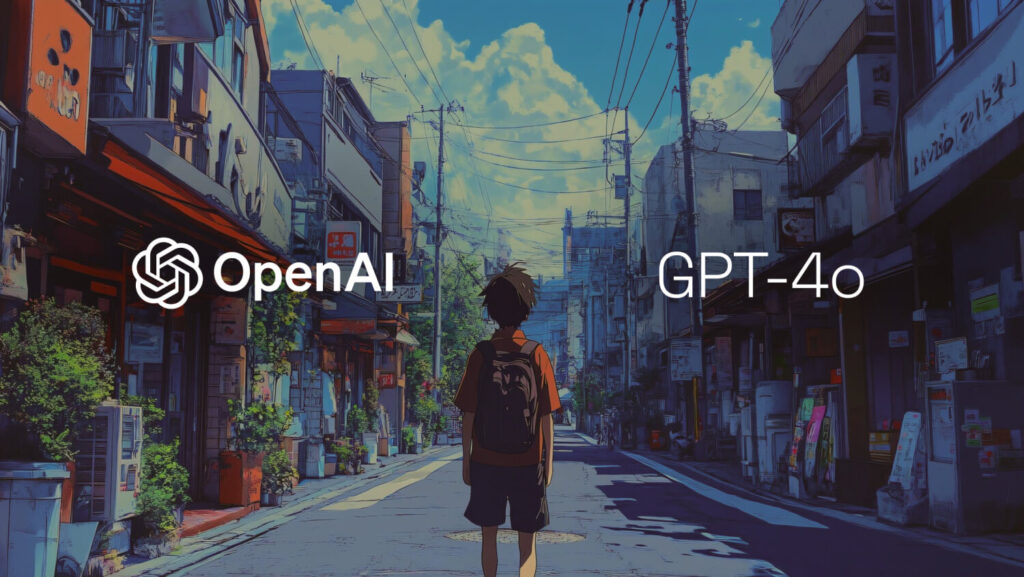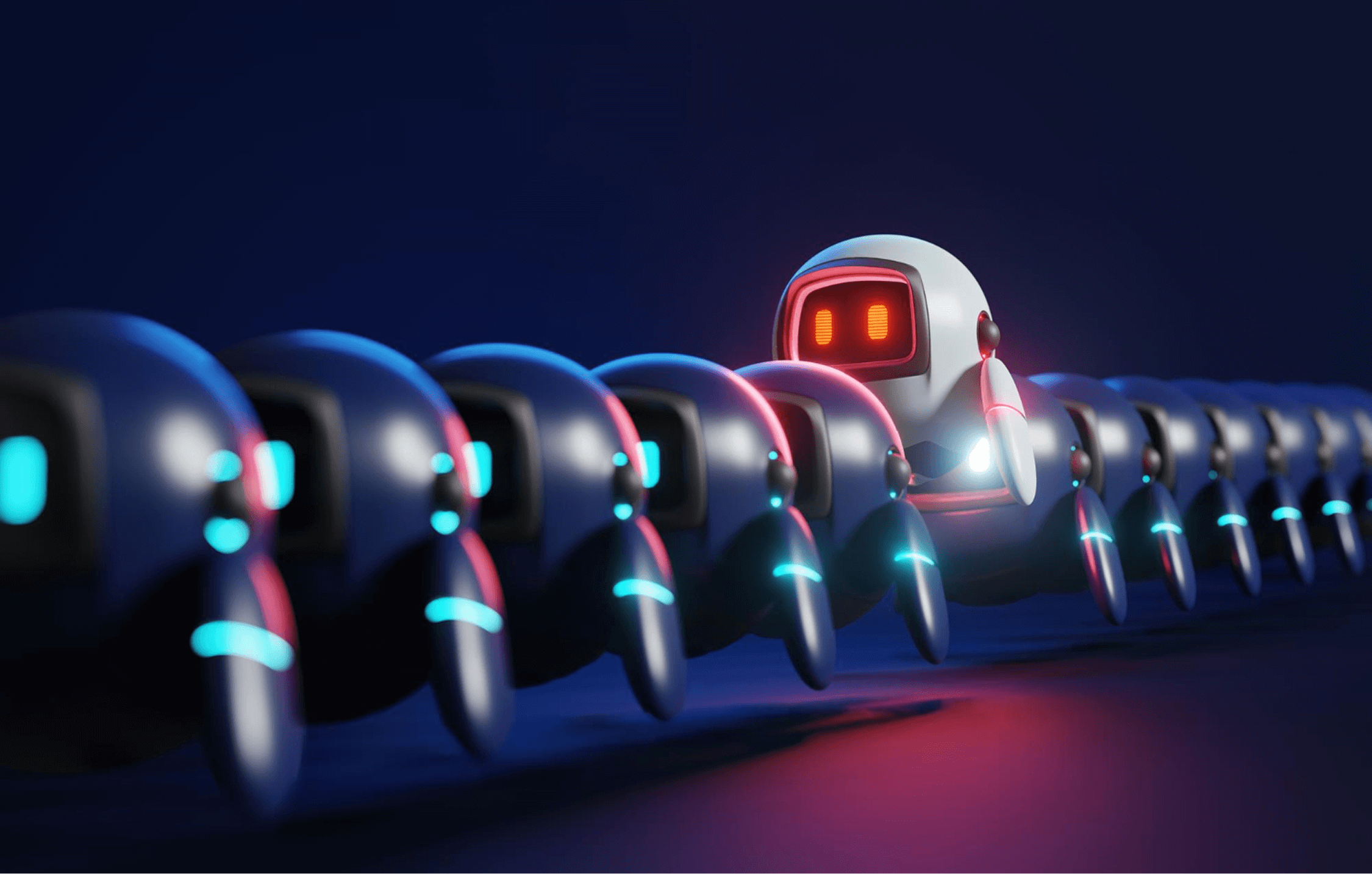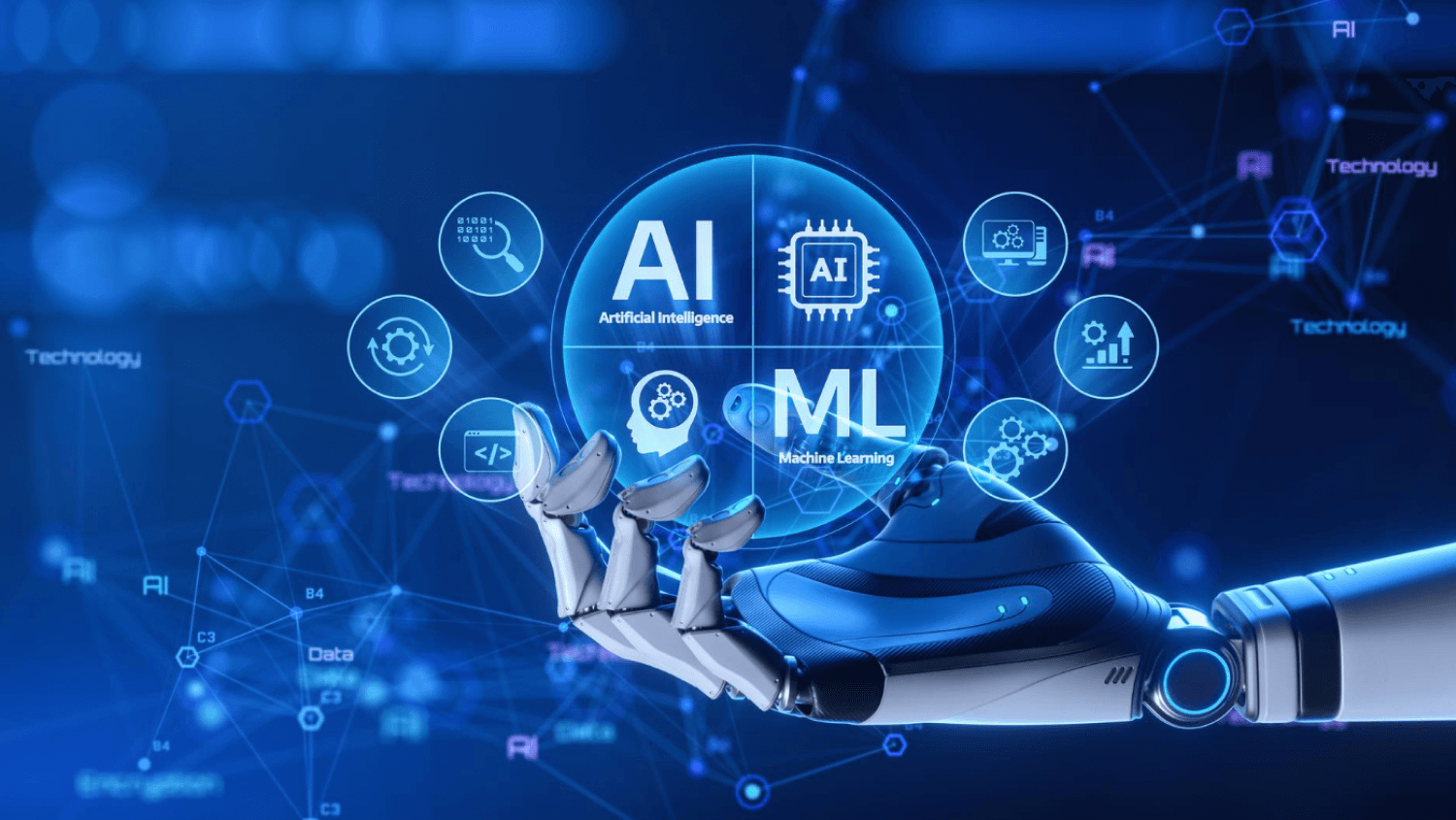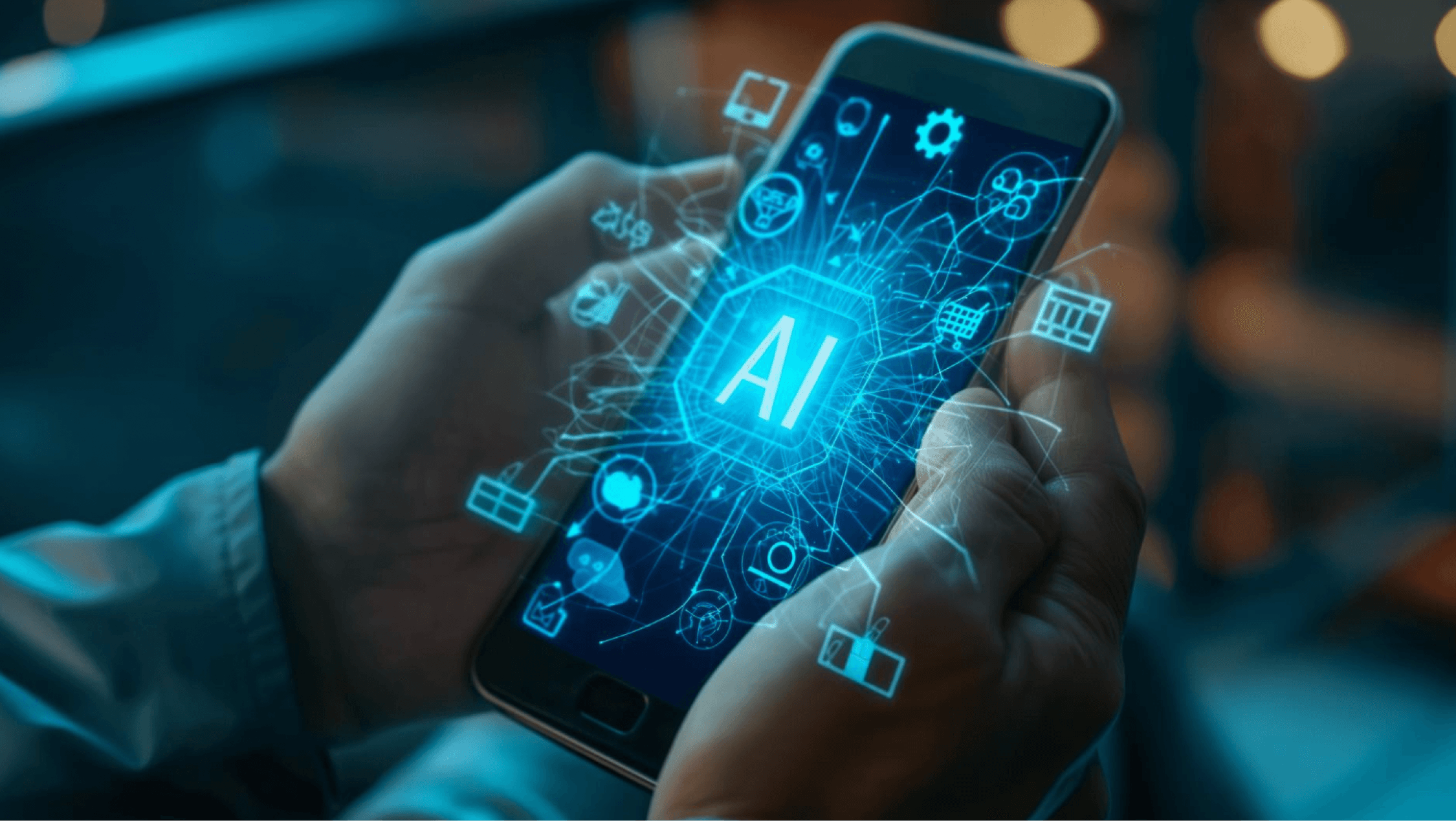AI-generated art is entering a new era, and GPT-4o is leading the way. OpenAI’s latest upgrade brings powerful, multimodal image generation that can create everything from photorealistic portraits to fantasy-inspired illustrations—all from a simple text prompt. The ability to generate high-quality visuals instantly is changing how people approach creativity, making professional-level design more accessible than ever.
The buzz around ChatGPT’s image tool started with a viral trend—Studio Ghibli-inspired AI art. Social media platforms were soon flooded with dreamy, hand-drawn-style images, capturing the nostalgic charm of classic animated films. The trend was so widespread that ChatGPT usage surged past 150 million weekly users, marking a record-breaking moment for OpenAI. But while Ghibli-style images stole the spotlight, the real potential of ChatGPT’s image generation extends far beyond a single aesthetic.
What’s New with ChatGPT’s Image Generation?
On March 25, 2025, OpenAI introduced GPT-4o, a groundbreaking advancement in AI-driven image generation. This model is natively multimodal, meaning it can process and generate both text and images within the same framework, offering seamless and more intuitive image creation.
Technical Advancements
GPT-4o utilizes an autoregressive approach, generating images step by step for improved consistency and accuracy. Unlike previous models such as DALL-E, which often struggled with complex prompts, text rendering, and multi-object arrangements, GPT-4o significantly enhances visual fluency, instruction adherence, and contextual awareness.
By leveraging extensive training on both textual and visual data, this model understands how images relate to language, context, and real-world knowledge, making it capable of creating highly relevant, precise, and aesthetically refined visuals.
New Features of GPT-4o’s Image Generation
1. Advanced Text Rendering in Images
Unlike earlier AI models that struggled to generate readable and well-placed text, GPT-4o excels in precisely rendering text within images. Whether it’s a logo, infographic, signboard, or a stylized caption, GPT-4o ensures that the text appears clearly, maintains correct alignment, and blends seamlessly with the visual elements.
2. Multi-Turn Image Refinement
One of the most exciting improvements is the ability to refine images through interactive conversation. You can now modify specific details in generated images without starting over. For example, if you ask for an image of a city skyline but later decide to add a sunset or remove certain buildings, GPT-4o can adjust the image accordingly while keeping the core design intact.
3. Higher Object and Detail Accuracy
GPT-4o significantly improves its ability to follow detailed instructions, accurately placing and maintaining relationships between 10-20 different objects in a single image. This means complex compositions—such as crowded scenes, product layouts, or intricate diagrams—can be generated with remarkable clarity and coherence.
4. In-Context Learning for Image Adaptation
For users who want a customized image based on an existing reference, GPT-4o introduces in-context learning, allowing it to analyze user-uploaded images and incorporate details into new creations. Whether it’s adjusting color schemes, enhancing elements, or blending different styles, GPT-4o learns and adapts from the provided input.
5. Enhanced Photorealism and Artistic Styles
GPT-4o can generate images in high-resolution photorealistic quality, making AI-generated visuals indistinguishable from real photographs. Additionally, it supports a wide variety of artistic styles, including watercolor, digital painting, 3D modeling, pencil sketches, and cinematic effects, providing users with complete creative flexibility.
6. World Knowledge Integration for Contextually Smart Images
By linking visual and textual knowledge, GPT-4o creates images that are not only visually stunning but also contextually accurate. Whether you request an image based on historical events, modern trends, or cultural references, the AI ensures that the visuals align with real-world facts.
7. API Integration for Developers
GPT-4o is not limited to ChatGPT—it will soon be available via API, allowing developers and businesses to integrate its image generation capabilities into their applications, design tools, and creative platforms.
Beyond Studio Ghibli – Exploring Diverse Styles
More Than Ghibli: 5 Stunning Art Styles You Can Create with ChatGPT
1. Cyberpunk Neon – A Futuristic Sci-Fi Dream
Inspired by movies like Blade Runner and games like Cyberpunk 2077, this style features neon-lit cityscapes, high-tech dystopian settings, and vibrant contrasting colors. It’s perfect for futuristic portraits, tech-inspired illustrations, and digital landscapes.
Example Prompt:
“A futuristic cyberpunk city at night, neon lights reflecting on rain-soaked streets, a lone figure in a high-tech jacket with glowing circuit-like tattoos, hovering cars in the background, ultra-detailed 8K resolution.”
- Baroque Oil Painting – Classic Elegance in Every Stroke
This style mimics 16th and 17th-century European oil paintings, known for their rich textures, dramatic lighting, and intricate details. It works beautifully for historical portraits, royal-themed artwork, and elegant storytelling pieces.
Example Prompt:
“A Baroque-style oil painting of a noblewoman in an opulent golden gown, holding a delicate rose, with dramatic chiaroscuro lighting and detailed fabric textures, painted in the style of Rembrandt.”
- Photorealism – Hyper-Realistic AI Creations
Photorealism takes AI-generated images to the next level, creating visuals that look like real photographs. This style is ideal for fashion portraits, wildlife photography, realistic environments, and hyper-detailed textures.
Example Prompt:
“A highly detailed photorealistic portrait of a young woman with freckles, soft golden sunlight highlighting her face, strands of hair gently blowing in the wind, ultra-sharp focus with a bokeh background.”
- Ukiyo-e Japanese Woodblock – Traditional and Timeless
Inspired by the Edo-period Japanese prints, this style features bold outlines, flat color schemes, and storytelling compositions. Ukiyo-e art is great for cultural depictions, mythical scenes, and nature-based illustrations.
Example Prompt:
“A traditional Japanese Ukiyo-e woodblock print of a samurai warrior standing under cherry blossoms, with Mount Fuji in the background, soft pastel tones and intricate brushstroke detailing.”
- Dark Fantasy Gothic – Mystical, Eerie, and Intricate
Perfect for gothic horror, supernatural settings, and mythical creatures, this style blends shadowy tones, eerie atmospheres, and intricate character designs. Think medieval castles, haunted forests, and creatures from folklore.
Example Prompt:
“A gothic dark fantasy scene of an ancient castle under a blood-red moon, a hooded sorcerer standing on the stone bridge, surrounded by glowing magical symbols, dramatic lighting, ultra-detailed textures.”
Why Studio Ghibli Captured the Spotlight
1. Nostalgic & Emotional Connection
- Childhood Memories: Many people grew up watching Ghibli films like Spirited Away, My Neighbor Totoro, and Howl’s Moving Castle. Seeing AI-generated art in this style rekindles childhood emotions.
- Timeless Themes: Ghibli movies explore universal themes of adventure, love, friendship, and self-discovery, making their art style resonate across generations.
- Soft, Dreamlike Atmosphere: The pastel color palettes, soft brushstrokes, and whimsical elements create a warm and comforting feel, evoking a sense of nostalgia.
2. Unique Artistic Aesthetic
- Hand-Painted Look: Unlike hyper-realistic or vectorized digital art, Ghibli-style art has a painterly, hand-drawn feel, making it look natural and organic.
- Lush Backgrounds: Ghibli films are famous for their detailed landscapes, from magical forests to cozy countryside homes, creating a rich visual world.
- Expressive Characters: The characters have soft facial expressions, delicate emotions, and big, expressive eyes, making them feel alive and relatable.
3. Viral Appeal & Internet Trend
- Social Media Buzz: AI-generated Ghibli-style portraits went viral on platforms like Twitter, Instagram, and TikTok, with people sharing AI versions of themselves in this aesthetic.
- User Engagement: The trend encouraged users to experiment with AI art prompts, generating personal or fictional Ghibli-style images.
- Pop Culture Influence: With memes, fan art, and AI-generated animations, Ghibli-style AI creations became a digital movement, engaging artists and AI enthusiasts alike.
4. Storytelling & Fantasy Elements
- Magical Yet Relatable: Ghibli films balance fantasy and realism, blending enchanted creatures, talking animals, and mystical landscapes with everyday human emotions.
- Attention to Small Details: Whether it’s the wind moving through grass or a character sipping tea, Ghibli’s small, everyday moments add charm and depth to its storytelling.
- Escapism & Whimsy: The whimsical nature of Ghibli art transports people to fantastical worlds, allowing them to escape into a world of imagination.
Images are just part of the story. Here’s what Runway Gen-4 is doing to bring characters to life in motion.
Practical Applications of ChatGPT’s Image Generation
1. Marketing & Advertising
- Eye-Catching Ad Creatives: Businesses can quickly generate engaging promotional graphics tailored to specific campaigns, avoiding generic stock images.
- Product Mockups: AI-generated images help visualize new product designs, packaging ideas, or branding elements before launching.
- AI-Personalized Campaigns: Marketers can generate customized visuals for different demographics, ensuring targeted and relatable ads.
Example Use: A small clothing brand can generate high-quality AI-created product displays for its social media ads, enhancing visual appeal without a professional photoshoot.
- Social Media Content
- Engaging Posts & Stories: Social media managers can generate AI-art-based posts, infographics, and illustrations to maintain a consistent and visually appealing brand presence.
- Meme & Trend Adaptation: AI art can quickly recreate trending visual styles, allowing brands to stay relevant in pop culture discussions.
- Branded Visual Identity: Companies can use AI to maintain a signature aesthetic across platforms like Instagram, Twitter, and Facebook.
Example Use: A travel blogger can generate AI-enhanced travel destination images with added artistic filters for an eye-catching Instagram feed.
- YouTube Thumbnails & Video Content
- Custom Video Thumbnails: AI-generated thumbnails with bold visuals and clear text can boost click-through rates and viewer engagement.
- Animated Backgrounds & Scene Concepts: AI can assist in creating unique backgrounds, fantasy landscapes, or character illustrations for animations and storytelling.
- Educational Visuals & Infographics: YouTubers can create AI-generated diagrams and step-by-step illustrations to explain complex topics.
Example Use: A tech YouTuber can generate futuristic AI-themed thumbnails for videos on AI advancements, making content stand out.
- Website & UI/UX Design
- Custom Landing Page Visuals: Instead of generic stock photos, websites can feature AI-generated, brand-specific visuals for hero banners and landing pages.
- E-Commerce Product Displays: Online stores can use AI to generate lifestyle images showcasing their products in various real-world settings.
- Concept Art for App & Web UI: UI/UX designers can create mockups and wireframes faster by generating AI-driven visual references.
Example Use: A startup can use AI-generated branding visuals for its homepage, ensuring a unique and professional look without hiring a designer.
- Small Business & Entrepreneurial Use
- Low-Cost Branding & Logo Design: Small businesses can use AI to create logos, business cards, and custom branding assets affordably.
- AI-Generated Product Illustrations: Instead of outsourcing, businesses can create custom product illustrations, digital ads, and promotional posters in seconds.
- Crowdfunding & Pitch Decks: Startups can generate visuals for investor presentations, helping communicate ideas effectively.
Example Use: A bakery owner can generate custom AI-created dessert illustrations for menus and promotional flyers, enhancing the brand’s aesthetic appeal.
How to Use ChatGPT’s Image Generation Feature
Step 1: Accessing the Image Generation Feature
- Availability: ChatGPT’s image tool is available to Plus, Pro, Team, and Free users, with access rolling out to Enterprise and Edu users soon.
- Platform: You can generate images directly within ChatGPT’s web app, desktop app, or mobile app.
- No Special Setup Needed: Unlike DALL·E, image generation in GPT-4o is natively integrated, meaning you can start generating visuals instantly.
How to Start: Open ChatGPT and type a prompt describing the image you want to create.
Step 2: Crafting the Perfect Image Prompt
The quality of AI-generated images depends heavily on the prompt you provide. Here’s how to create effective prompts:
- Be Descriptive: Mention key elements like objects, background, lighting, colors, and composition.
- Specify a Style: Choose from different art styles like Cyberpunk, Watercolor, Pixel Art, Baroque Painting, or Photorealism.
- Include Emotions & Mood: Words like “mystical,” “vibrant,” or “gloomy” help define the image’s atmosphere.
- Define Aspect Ratio & Details: If needed, specify “square format,” “high detail,” “realistic textures,” etc.
Example Prompts:
- A futuristic cyberpunk cityscape at night, neon lights glowing, people walking on wet streets, cinematic lighting.
- A cozy cottage in the woods, surrounded by autumn trees, warm glowing windows, watercolor painting style.
- A photorealistic portrait of a medieval knight, detailed armor, dramatic lighting, dark background.
Step 3: Refining the Output
AI-generated images can always be improved and fine-tuned. Here’s how:
- Iterate and Adjust – If the first image isn’t perfect, tweak the prompt with more details or ask for variations.
- Experiment with Different Styles – If a photorealistic output isn’t ideal, try “comic book style” or “anime-style art.”
- Use Multi-Turn Conversations – You can refine the image further by asking ChatGPT to adjust colors, add elements, or change lighting.
Step 4: Saving & Using Your AI-Generated Image
- Download & Share: Once satisfied, save the image to use for social media, marketing, presentations, or personal projects.
- Edit Further if Needed: You can refine AI-generated images using design tools like Canva, Photoshop, or Figma.
- Ensure Proper Usage: While AI-generated images are great for creative projects, always check platform guidelines before using them commercially.
The Future of AI Image Generation
As AI technology advances, ethical considerations and regulatory frameworks will play a crucial role in shaping its future. Possible developments include:
- Stronger Copyright Protections – AI developers may need to implement safeguards to prevent copying distinct artistic styles.
- User Guidelines & Policies – Platforms like OpenAI may introduce clearer policies on acceptable image generation practices.
- Improved Ethical AI Training – Future AI models could be trained to respect artistic boundaries and avoid replicating copyrighted work.
- More Advanced Customization – AI-generated art may evolve to offer even more precise control over colors, textures, and compositions.
Final Thoughts
ChatGPT’s image generation tool is more than just a trendsetter—it represents a creative revolution in AI-powered art. While the Studio Ghibli-inspired style captured attention for its nostalgic charm and dreamy aesthetics, the potential of this tool extends far beyond a single artistic approach. From hyper-realistic photography to futuristic cyberpunk, intricate oil paintings, and sleek vector graphics, the possibilities are virtually limitless.
This evolution in AI-generated art isn’t just about aesthetics; it’s a powerful tool for creators, businesses, and designers. Marketers can generate compelling visuals for advertisements, small businesses can craft professional branding materials, and content creators can enhance their storytelling with unique illustrations. The ability to refine and customize images in real time makes ChatGPT’s image tool incredibly versatile and accessible for users of all skill levels.
At Wow Labz, we thrive on building cutting-edge AI solutions that drive real business impact.
Tech is not just evolving—it’s reshaping industries, redefining creativity, and revolutionizing how we engage with the world.
Our mission? To impact 100 million lives through technology that matters. From AI-driven innovation to groundbreaking applications, we’re here to turn possibilities into reality. Let’s build the future, together.





